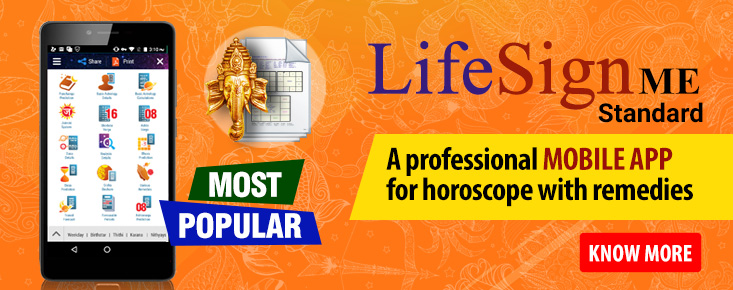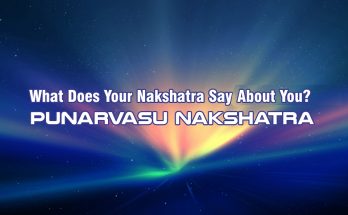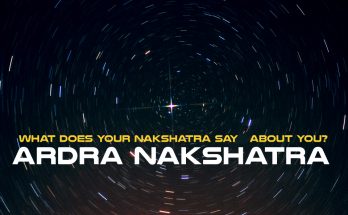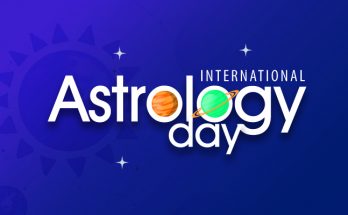The Vedic Astrology is broadly divided into Ganitam, Hora and Samhitha. The predictive astrology tools are classified under Hora and Prasnam is one among them. In Sanskrit the word ‘Prasnam’ means a question or query. An astrologer can respond to a question by knowing the planetary positions at the time of arising question. There are different methods for analyzing and answering a query or problem, and Ashtamangala Prasnam is the most sophisticated method for finding out the root cause of doshas (toughest problems). Ashtamangala Prasnam is widely practiced for knowing the cause of problems and to prevent the troubles or calamities that may befall an individual or a family.
Ashtamangala refers to a set of eight auspicious materials which usually have their presence at sacred occasions. The set of materials may vary according to the deity worshiped and as per the occasion viz. marriage and ashtamangala prasnam. The most widely followed ashtamangala materials are Cheppu (a small container for keeping kumkum), Mirror, Gold, Flower (Tulasi leaves are also used), Akshatam (mixture of rice and paddy grain), Fruits, Taambulam (Betel leaves and Areca nuts) and Grantham (any holy book). The set of materials varies with places too. There are some variations in which Vastram (Clothe/White Dothy) and Vilakku (Oil lamp) are used.
It is believed that the fortune or misfortune that befalls a person is the result of Karma. The bad deeds of the past and current lives can be the cause for person’s sufferings at a time, and through ashtamangala prasnam this can be decided. While horoscope helps in knowing the Karma of past incarnation, ashtamangala prasnam helps in knowing both (Karma of past and current life). If the observations from horoscope and prasnam are same, the sufferings are considered to be the result of bad deeds of past incarnation, and if they are different, it would be the result of bad deeds of current life.
Variety of methods is used to practice Prasnam such as Pooprasnam (using flower) and Thamboolaprasnam (using betel leaf). Ashtamangalaprasnam and Thalkalaprasnam are two forms in which Kavadi (sea shells) is used. According to the purpose there are more varieties viz. Rogaprasnam (to know the cause of incurable disease and to find remedies), Rajaprasnam (in case of problems regarding a ruler), Santhanaprasnam (when one or more couples of a family are not blessed with child), Vivahaprasnam (when one or more members of a family are not getting married), Devaprasnam (to know the sanctity and other problems regarding temples) and Varshaprasnam (to know the events of a year).
In the practice of ashtamangala prasnam 108 kavidis are used. These kavidis need to be rinsed in milk and water and thoroughly dried before putting them on the board in which zodiac chart is drawn (the chart will be drawn on a rectangular wooden board). The astrologer who conducts the prasnam would sit at the left side of the zodiac chart facing east. He, then, puts the 108 kavidis on board and keeps them under his palm. Then, after concentrating and praying the God, he moves his palm, along with the kavidis, in circular pattern before randomly dividing them into three.
“Vamasthena phalam bhootham
varthamanam imadhyathah
Dakshinasthena bhaavini phalanicha
vinirddissel”
The first set of randomly chosen kavidis is partitioned towards left (North) and the next set towards right (South) to get three sets in total – Left, Middle & Right (Upon facing East, the left side is North and the right side is South). Each of these sets is further divided into groups of 8 and the reminding number of kavidis is noted and referred as ashtamangalam. These ashtamangalas (reminding figures) can sum up to 4, 12 or 20 (4, 8+4, 8X2+4), depending on which the severity of problem is decided. For the sum ‘4’ the problem is considered ‘minor and not alarming’, for ‘12’ it is ‘moderate’ and for ‘20’ it is ‘serious and threatening’.
The ashtamangala or reminding figures on Left (North), Middle and Right (South) represent Past, Present and Future respectively. With these figures, the astrologer can evaluate the good and bad fortunes/effects of past, present and future. Also, the ashtamangala figures are supposed to represent the individual’s body with the Left figure suggesting upper part (above shoulders), the Middle figure suggesting central part and the Right figure suggesting lower part (below hips). The astrologer can evaluate the benefic and non-benefic factors concerning the individual’s body or health with help of these figures. If an ashtamangala figure is ‘even’, the part of body it represents is believed to be defective or prone to some diseases.
An expert and wise astrologer, with the help of astamangala prasnam, can rightly predict past, present and future events concerning an individual or family, and suggests the best remedial measures.









Namasthe, Is there any Kannada knowing person who performs ashtamangala prasnam at Kozhikode.